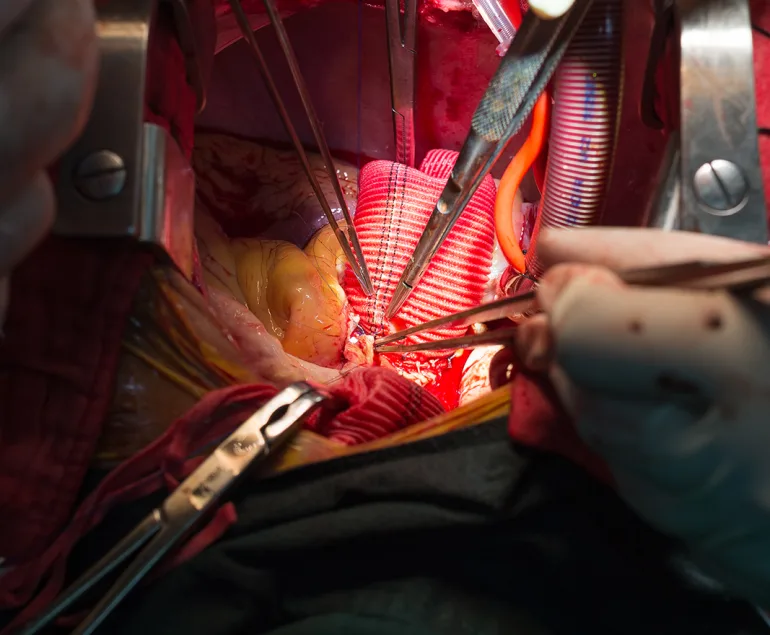Is Stent Placement Possible with Angiography in Abdominal Aortic Aneurysms?
In the case of abdominal aortic aneurysms, stent implantation by angiography (EVAR – Endovascular Aneurysm Repair) is possible. It is a less invasive (incision, stitches) method used to treat large and dangerous aneurysms. Here is what you need to know about this subject:
What is EVAR?
EVAR is a procedure used to treat dilated aortic vessels in the abdomen. In this procedure, small incisions are made in the groin area, through which a stent is placed in the area where the aneurysm is located. The stent ensures normal blood flow and prevents further expansion of the aneurysm.
Which Patients are Suitable for EVAR?
Aneurysm (Bubble) Size and Location
- Aneurysm (Bubble) Size: Generally, EVAR is possible if the aneurysm diameter is 5.5 cm or larger.
- Aneurysm (Bubble) Location: The proximity and location of the aneurysm to the renal vessels should be suitable for stent placement.
Anatomical Suitability
- Vessel Structure: The parts of the aorta other than the aneurysm should be long and wide enough. This is an important point for the safe placement of the stent.
Access Road to Vessels
- Groin Veins: The femoral (groin) veins in which the stent will be placed must be wide enough and healthy. Narrow or occluded veins can make EVAR difficult.
General Health Status
- Health Status: The patient’s general health condition should be such that he/she can tolerate the risks of this procedure. EVAR may be riskier for patients with serious health problems such as heart, lung or kidney disease.
Advantages of EVAR
- Small Incisions: It is a procedure performed with small incisions instead of open surgery.
- Fast Recovery: Patients usually recover faster and stay in hospital for a shorter time.
- Less Pain: Postoperative pain is less due to small incisions.
- Less Risk of Infection: Since it is a less invasive method, the risk of infection is low.
Disadvantages of EVAR
- Requires Regular Control: Regular follow-up is necessary to check that the stent remains in the right place and that it is functioning properly.
- May not be suitable for every patient: It may not be suitable for some aneurysm types and patient anatomies.
Conclusion
Angioplasty stenting for abdominal aortic aneurysms is an effective and less invasive treatment option for many patients. However, every patient is different and treatment options should be individually assessed. If you have an abdominal aortic aneurysm, it is important to determine the most appropriate treatment option for you in consultation with a Cardiovascular Surgeon.



